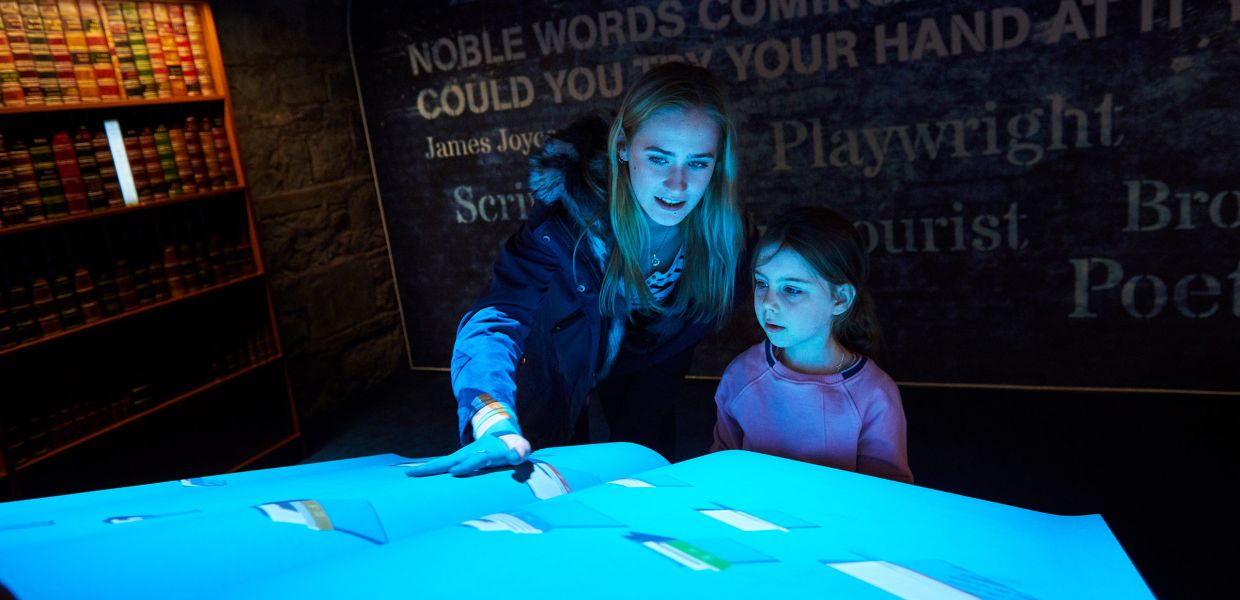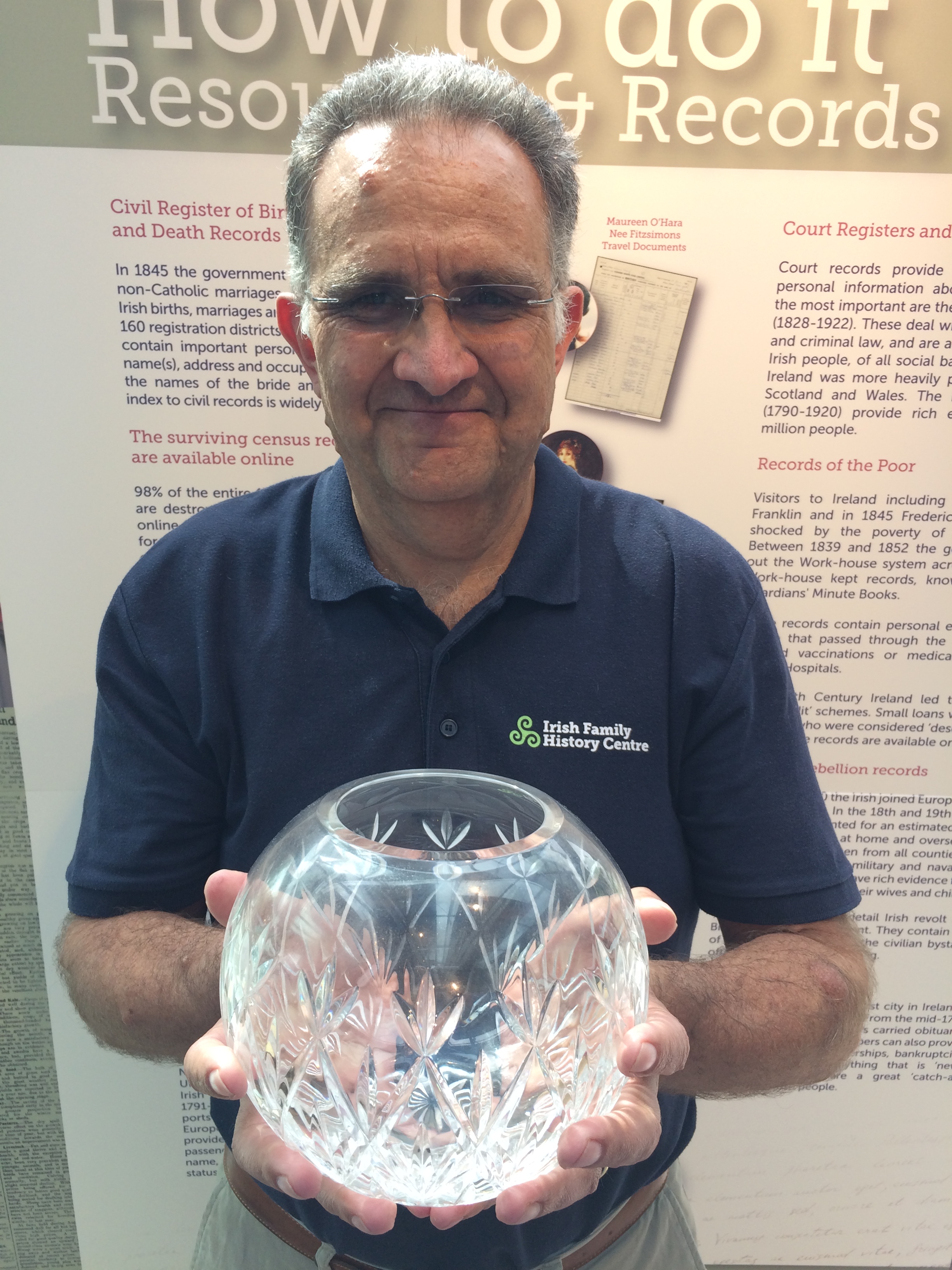When speaking about his key takeaways from the recent collection day, Nathan remarks how struck he has been with the individuality of the significant items participants shared. At both collection events, ‘Share your Story’ and ‘New Communities’ supported by Europeana in celebration of the larger Migration project for the Year of Cultural Heritage, a total of 60 stories were shared and will form a part of the Europeana Migration Collection.
From stories that centered on the sharing of food, to that of jewellery or photographs, Nathan describes how this symbolic act of sharing was a cathartic experience for those who were able to explore ‘their identity in a way that many people have never done before’.
What was the process of organising these Migration collection events?
Hosting three collections weekends throughout the year, we knew that we wanted to make each one unique. We felt that if we themed the events, it might promote wider engagement throughout the year. Our initial theme was on return migration. Our aim was to get people who had lived overseas for a period and had come back to Ireland to share their stories with us.
Our second collection weekend on 18-19 August was held during the annual Heritage Week celebrations in Ireland. The theme of Heritage Week 2018 is ‘share your story’ so we felt it was the ideal time to record the experiences of our new Irish communities. Today Ireland is home to people from every corner of the world but their stories aren’t traditionally included in the Irish narrative, so we particularly wanted to give them a voice and record their experiences. People of every nationality are already engaging with the museum at present, so we felt ready to explore Ireland’s story of inward migration a little more.
In November, for our final collection weekend, we are going to commemorate the centenary of women’s suffrage in Ireland. We have called the event ‘Migrant Women’, so any woman who has a story, we want them to share it. So whether they are Irish, or returning to Ireland, new to Ireland, or even a descendant or someone from elsewhere, we want to make sure that everyone has an opportunity to share stories that they otherwise might not be able to.
What surprised you most about the stories collected?
What surprised me most was the variety of experiences. I think even with a large sample, no two stories were alike. You might have stories from people who have left from the same place, who may use similar objects as a means by which to tell their story, but no two are ever identical.
We learned that people often possess strong emotional connections to objects that would have no inherent financial value; they might not even have a strong familial tie. Taken out of context, you wouldn’t understand its significance. But to them, it's symbolic of a moment in their life that they wish to preserve. To them, maybe it captures that sense of transition from one identity to another. It might represent that duality to some.
We also found that by telling the story of an object, rather than just discussing their experience of immigration, some people found it much easier to explore their identity in a way that they may have never done before.
We had many people who came to the collecting weekend answering questions about their objects that they have never even posed to themselves before. It was a sort of journey of discovery that they found very surprising - which we found very surprising. And a number of them told us that they actually found the experience very therapeutic - it was a chance to unload a part of their story, or their family’s story, to somebody else. They felt that now that it had been shared and it would be displayed publicly, it was safeguarded for the future.
Many felt a sense of duty towards their families, or themselves, that a certain aspect of their identity should be preserved. They also shared a belief that museums, archives and libraries exist to help people embrace their past and to preserve their heritage for the future, for those who come after them.



